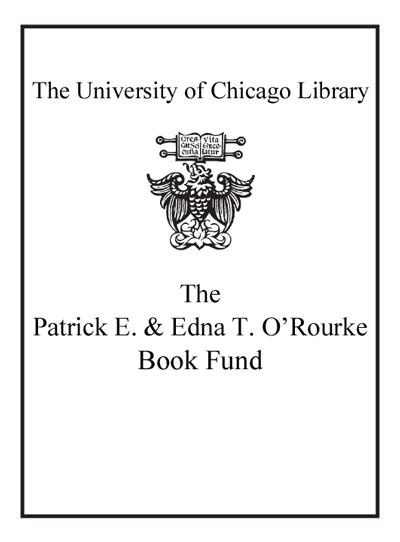Review by Choice Review
The centerpiece for The Frick Collection's recent exhibition on Renoir was La Promenade (1875-76), a delicious confection featuring a pair of fashionable peach-cheeked girls escorted by their society mother through a Parisian park. The painting was purchased in 1914 by Henry Clay Frick (who meant to return it) and was the last Impressionist picture he bought. For this exhibition, curator Bailey scoured the world's museum collections for a handful of similarly winsome, full-format portraits dating from the mid-1870s to mid-1880s. The introduction to the accompanying catalogue focuses on Renoir's lifelong attraction to large portraiture. This began when he was an apprentice, with imitations on calico of stained-glass windows for export to missionary churches, and concluded with The Large Bathers a few months before his death in 1919. Exceptional reproductions (many full page) of preliminary sketches and studies, stunning details, and period photographs ignite the text of this catalogue. It devotes a chapter on conception, models, technique, costumes, collectors, and dealers to each of the nine works. An appendix documents and illustrates 66 large-format paintings (1863-90). This volume, which accompanies what surely will be remembered as one of the year's most satisfying small shows, makes a major contribution to Renoir scholarship. Summing Up: Highly recommended. Lower-level undergraduates through researchers/faculty; general readers. R. T. Clement Northwestern University
Copyright American Library Association, used with permission.
Review by Choice Review

